In 113 AD, Emperor Trajan dedicated Trajan’s Column in Rome, celebrating his victories in Dacia and symbolizing imperial glory. Learn how this monumental structure reflected Rome’s power and architectural mastery.
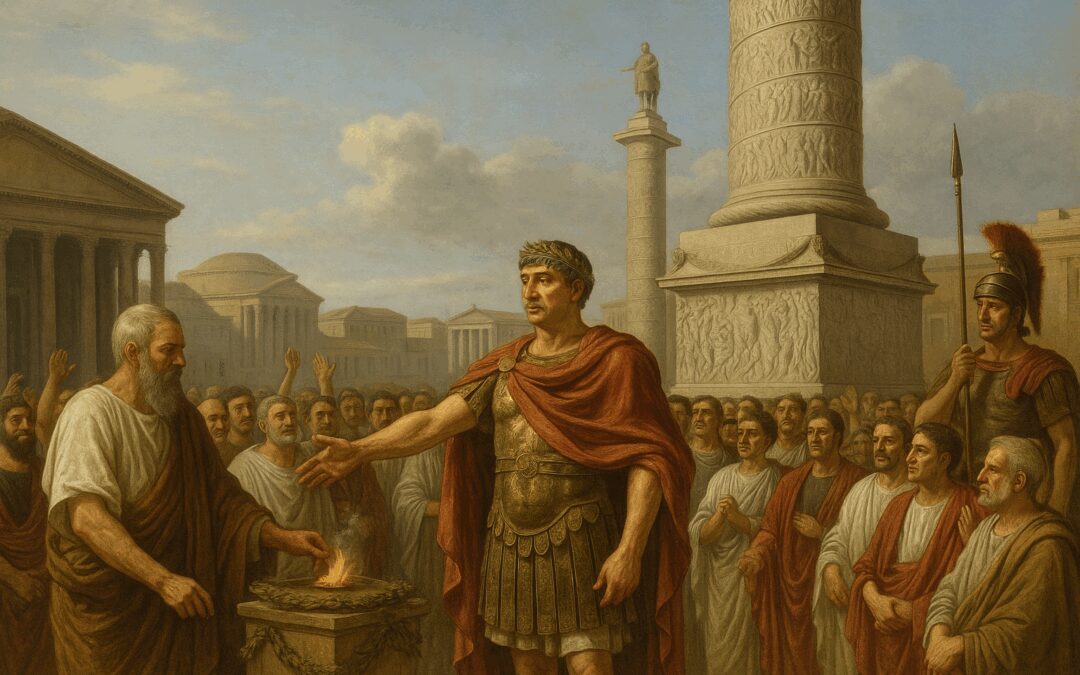

In 113 AD, Emperor Trajan dedicated Trajan’s Column in Rome, celebrating his victories in Dacia and symbolizing imperial glory. Learn how this monumental structure reflected Rome’s power and architectural mastery.
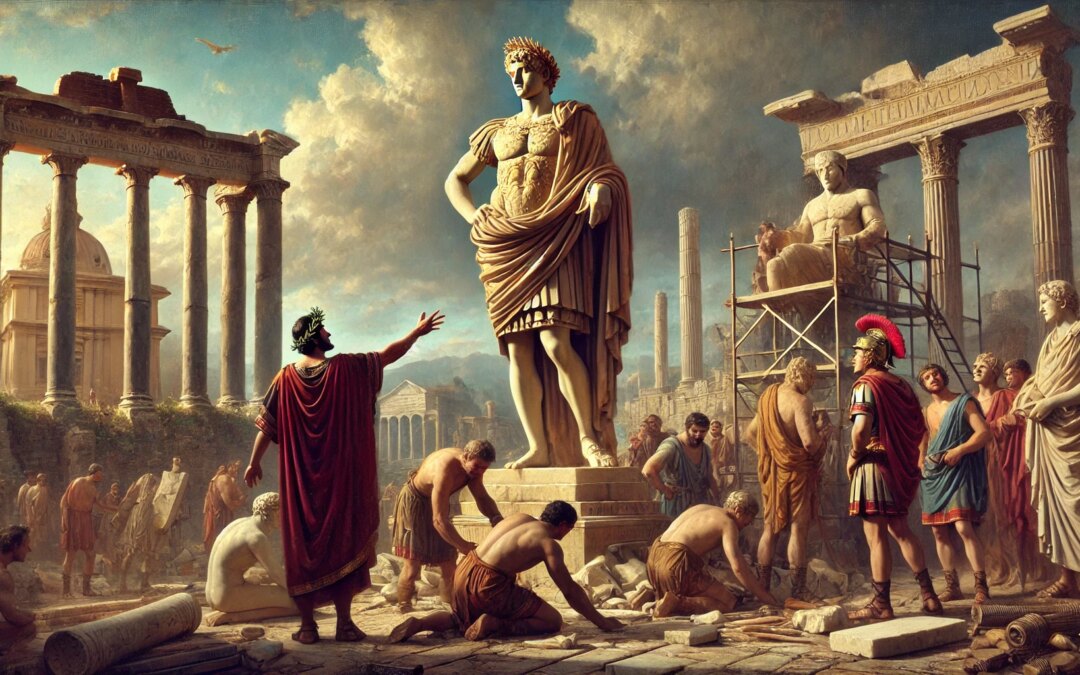
In 90 AD, Emperor Domitian commissioned a colossal statue of himself in the Roman Forum—a symbol of divine authority and imperial ambition that reflected the power and paranoia of his reign.
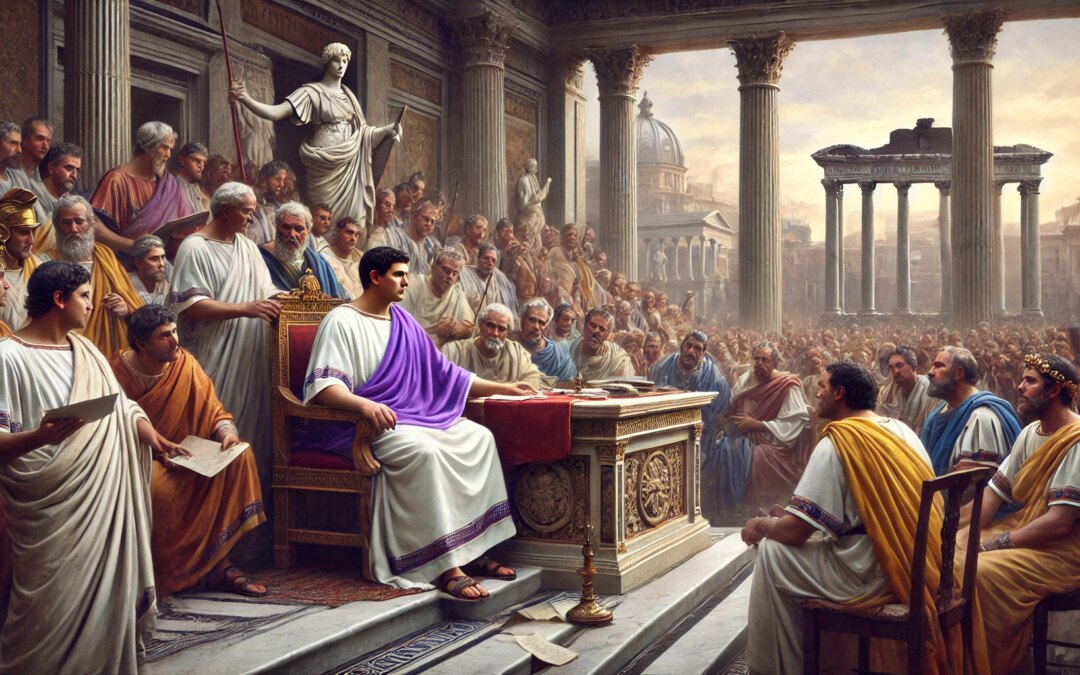
In 150 AD, Emperor Antoninus Pius ruled over a peaceful and prosperous Roman Empire, focusing on legal reform and justice—hallmarks of a golden age often overlooked in Roman history.
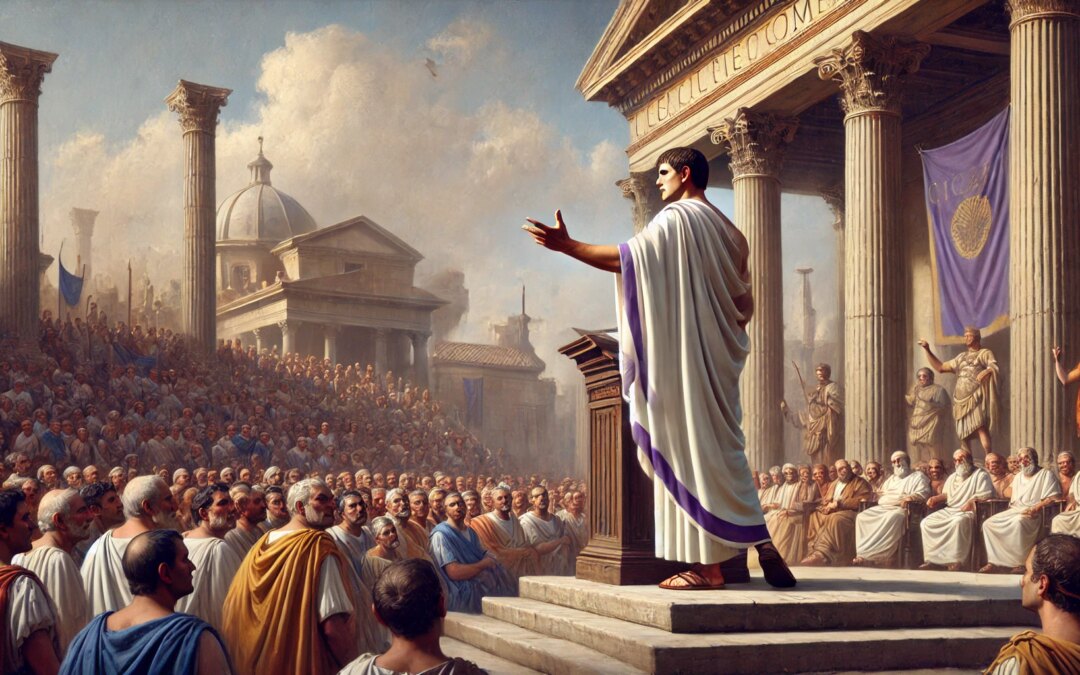
In 63 BC, Cicero stood before the Roman Senate to expose the Catilinarian Conspiracy—a pivotal moment when rhetoric and reason defended the Republic from within.
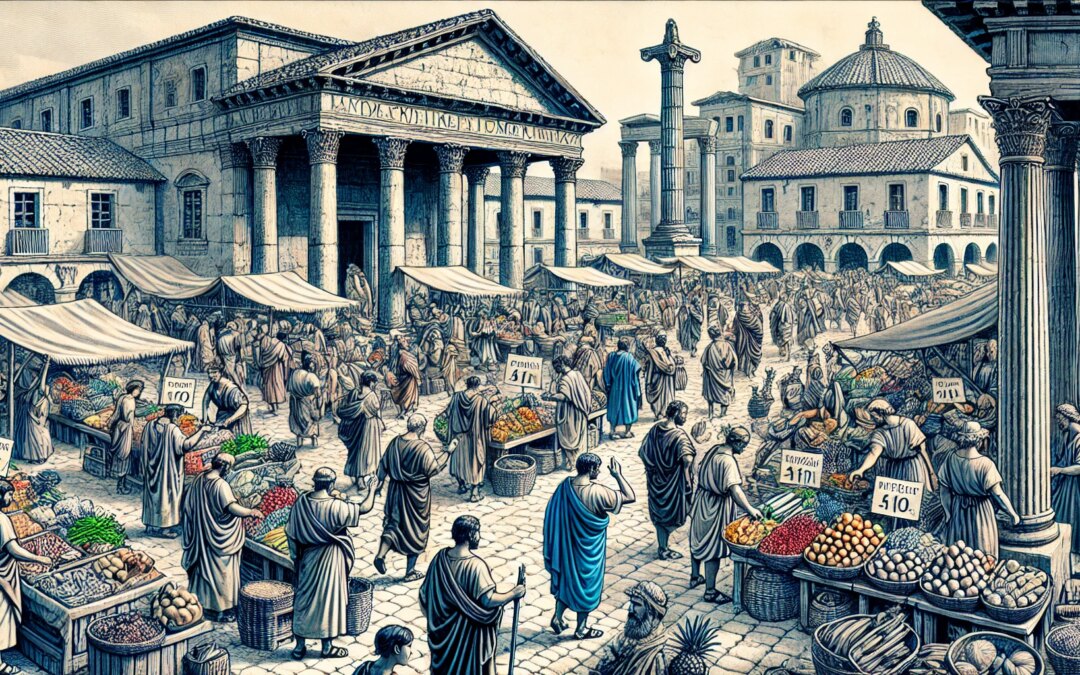
Step into the bustling Roman forum of the 1st century AD, where trade, politics, and daily life converged in the heart of the empire.
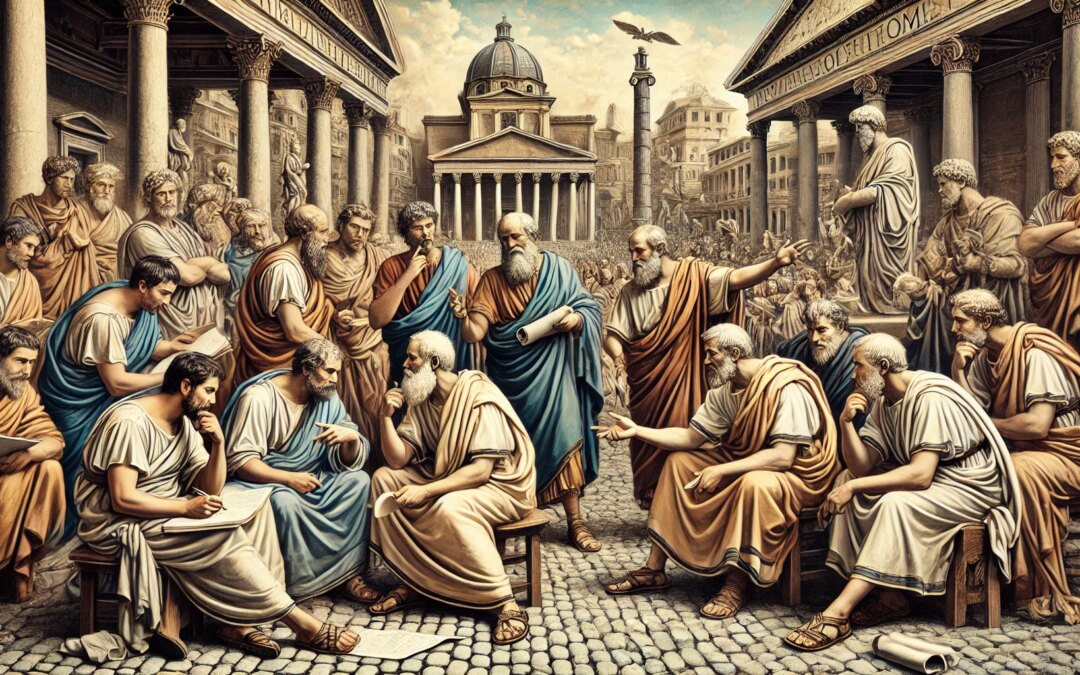
In the 1st century BCE, the Roman Forum echoed with philosophical debates that shaped law, ethics, and the soul of the Republic.
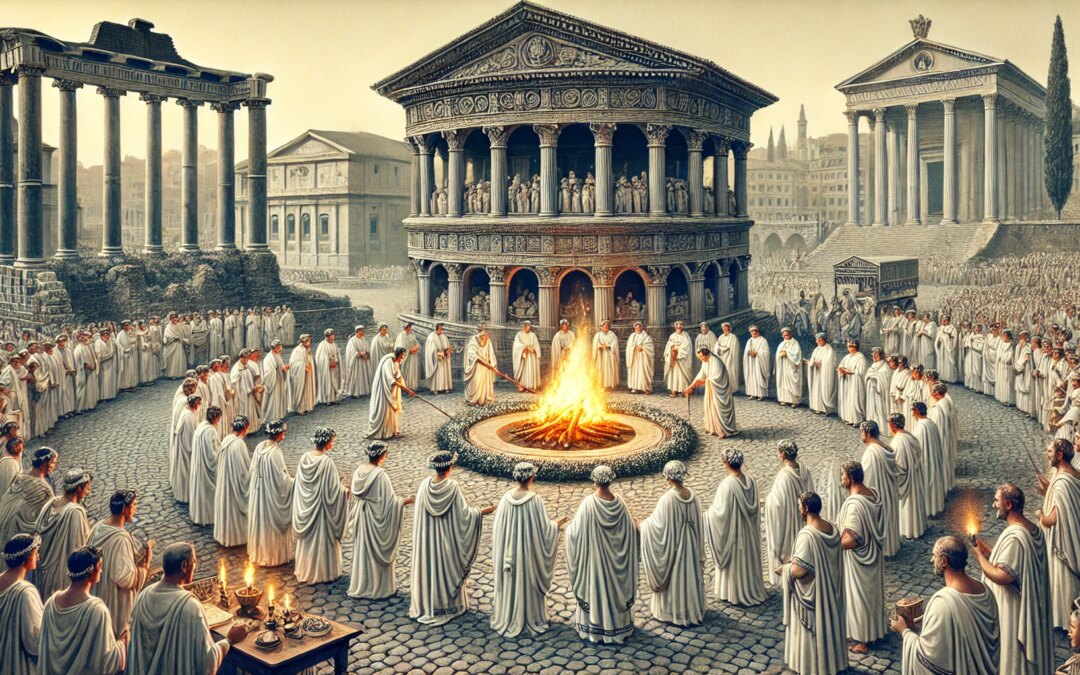
In ancient Rome, the Vestal Virgins kept the sacred fire of Vesta burning—symbolizing the city’s fate and the divine order of its society.
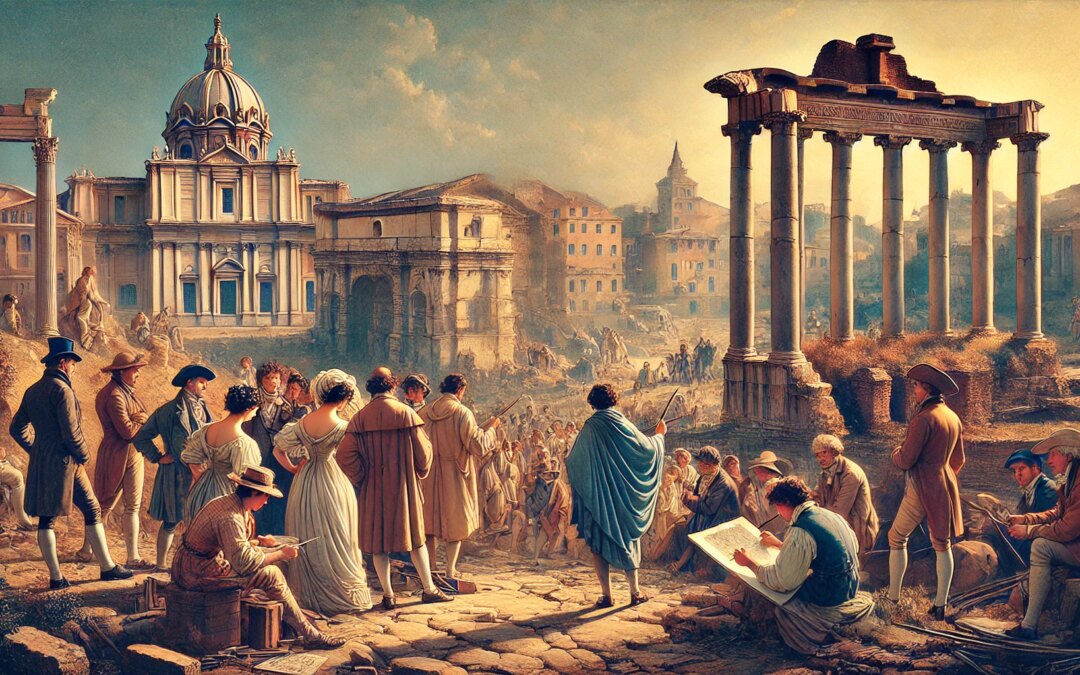
In the 18th century, Rome became a key destination for aristocrats on the Grand Tour, shaping European art, culture, and intellectual thought.

In the 19th century, systematic excavations of the Roman Forum and other sites sparked a new era of archaeological exploration in the Eternal City.
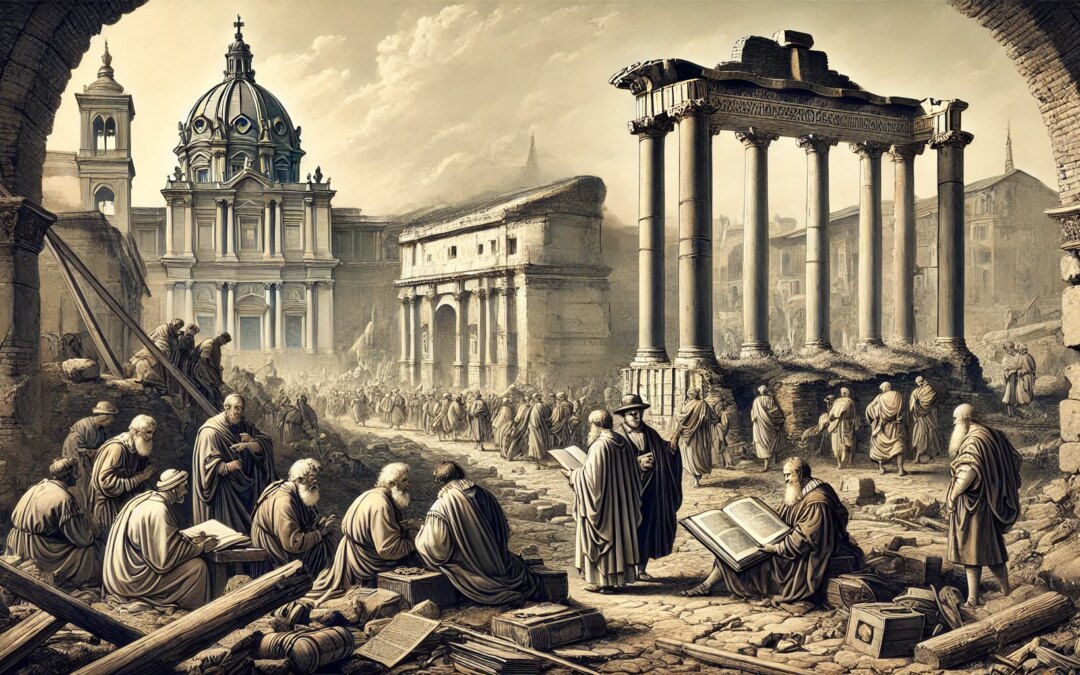
How Renaissance scholars and early excavators brought new life to the Roman Forum, unearthing its ancient wonders.